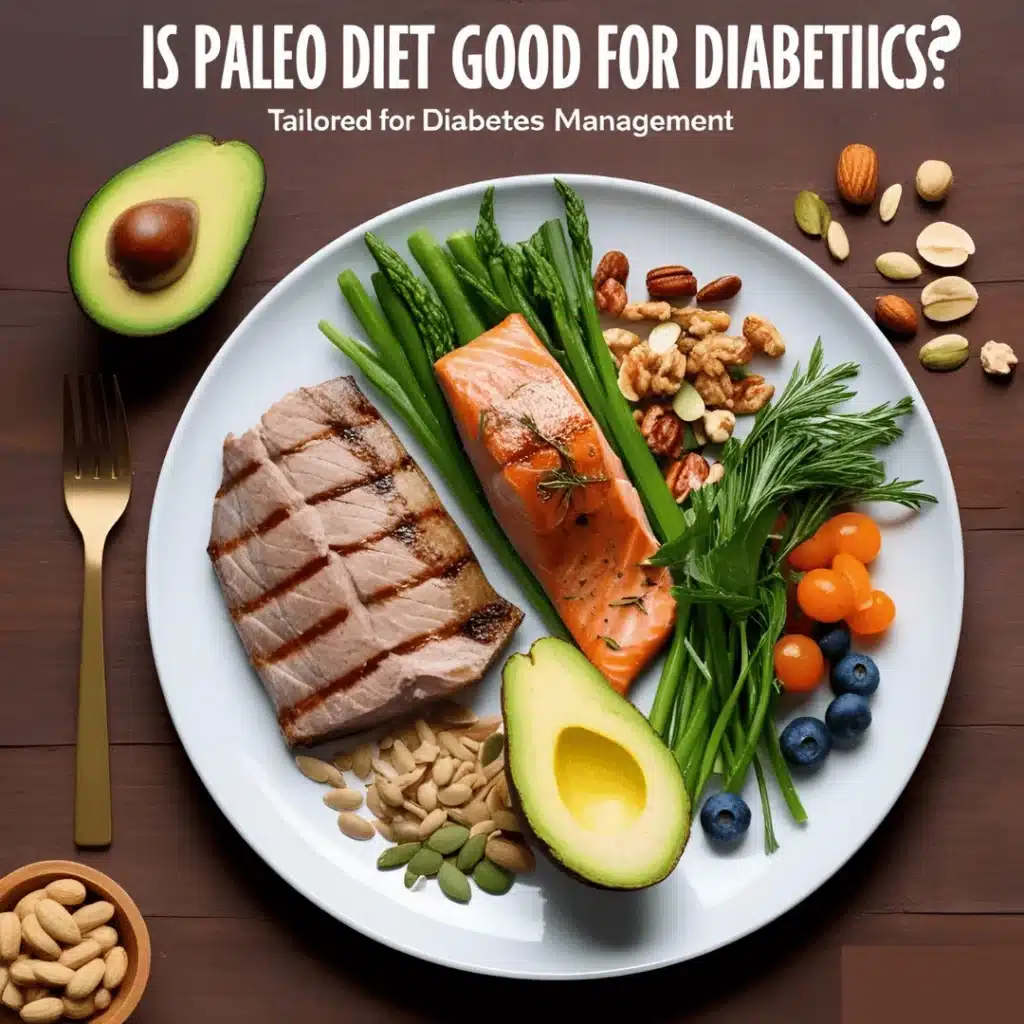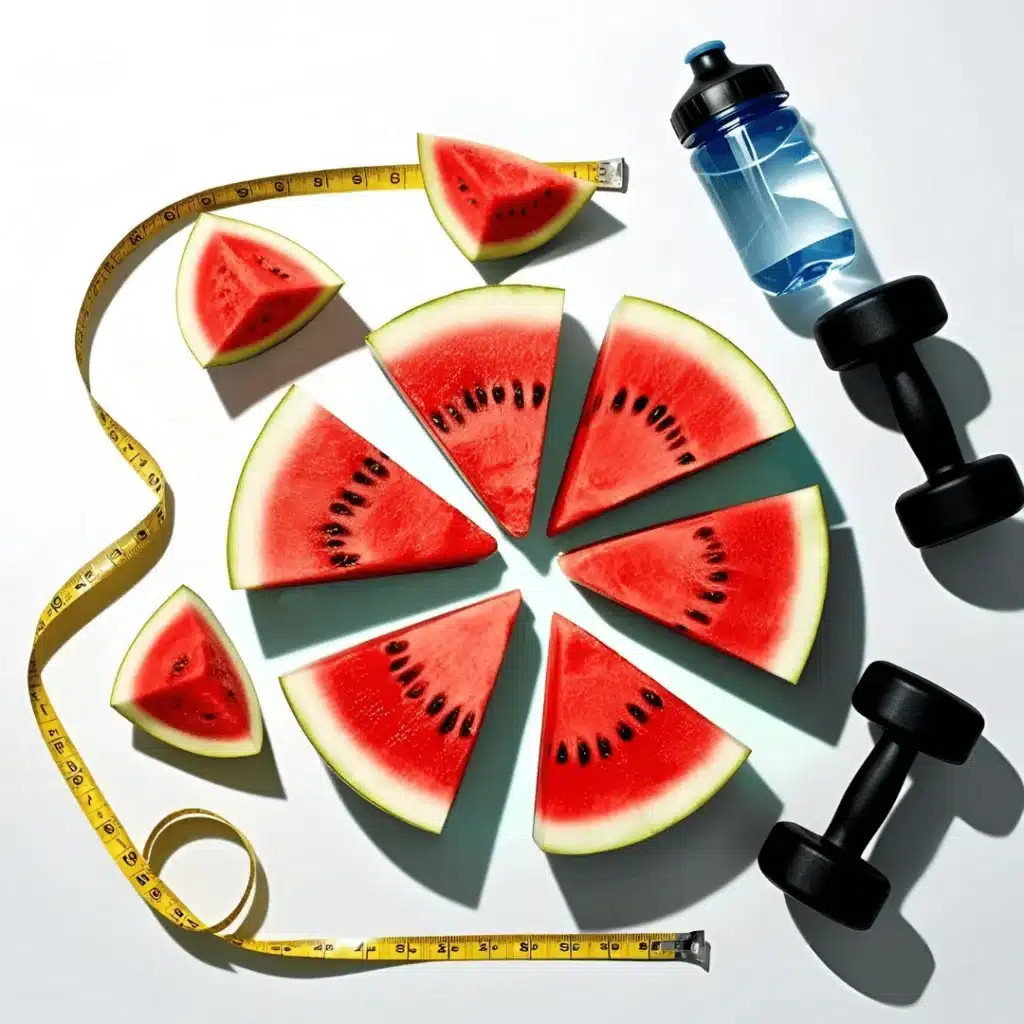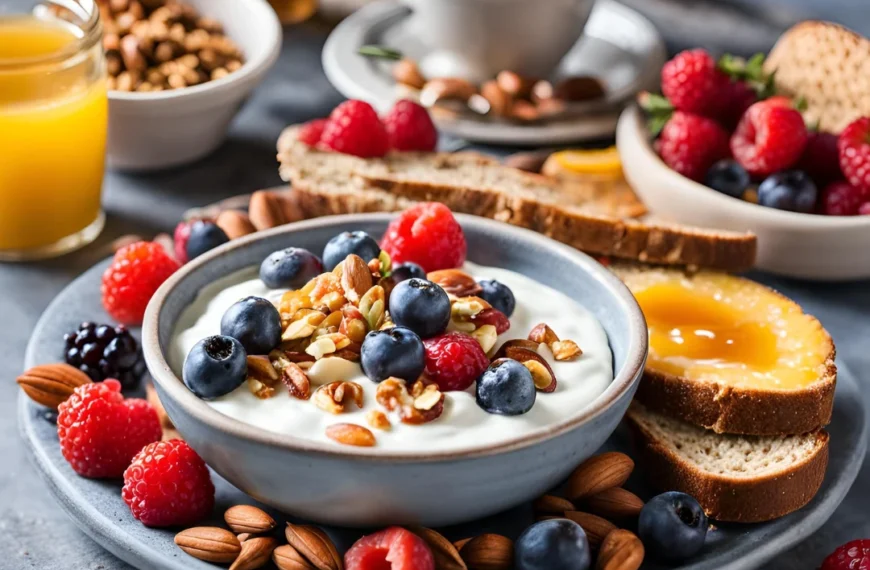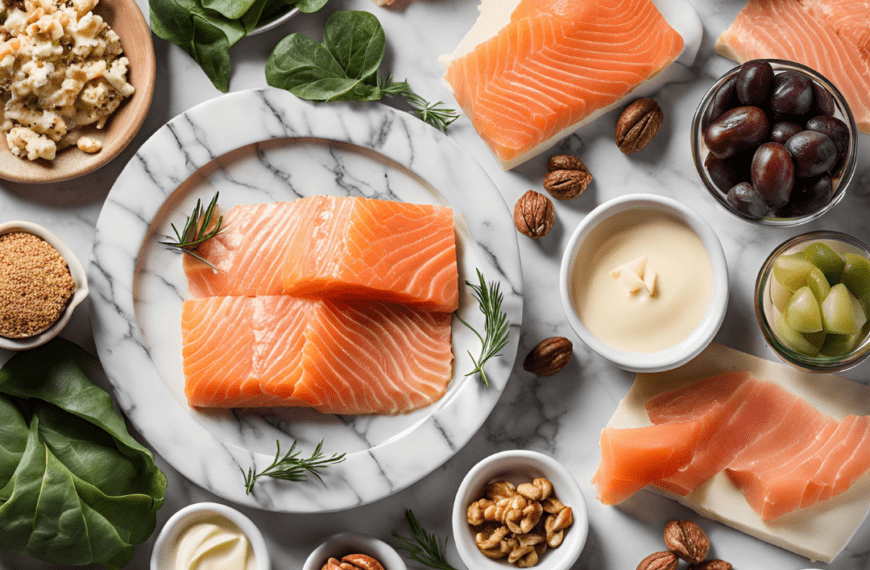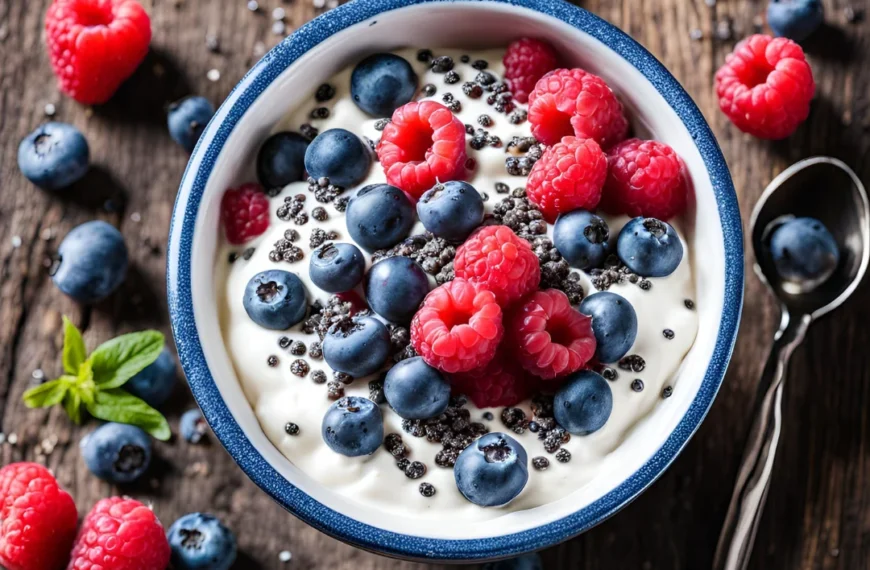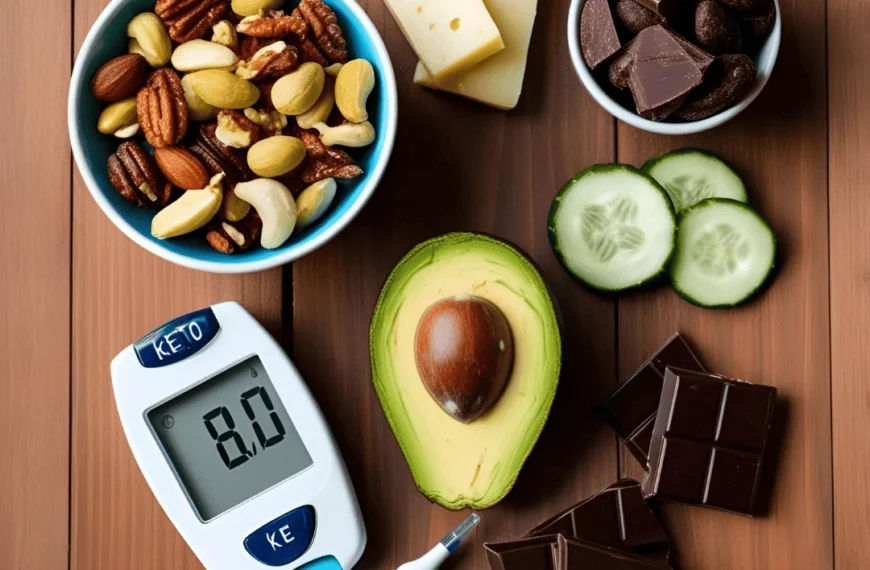Summary
The animal-based diet focuses on nutrient-dense animal foods (e.g., grass-fed meats, organ meats, raw dairy, healthy animal fats) and allows certain plant foods (e.g., raw honey, seasonal fruits). This diet is less rigid than the strict carnivore diet but still cuts out processed foods, vegetable oils, grains, and legumes. The diet promotes multiple health-related goals, including weight management, metabolic health, and overall well-being, by emphasizing whole, high-quality foods.
Guidelines for macronutrients are strictly followed—the diet now has to be protein-rich (150–180g protein is advised for my body weight), healthy fats (70-80% off total calories), and moderate carbohydrates from specific sources. Successful keto results boil down to appropriate food sourcing, meal prep, and electrolyte balance, especially in the adaptation stage. It is a flexible template rooted in ancestral wisdom and contemporary nutrition science, and this diet will help you, whether you’re a competitive athlete or just an individual, after general health and wellness.
Key Takeaways
- Unlike the carnivore diet, the autoimmune protocol allows for select plant foods yet emphasizes animal products as the base of optimal nutrition.
- The foundation of an animal-based diet consists of high-quality animal products, including organ meats, ground beef, raw dairy, and wild-caught varieties.
- Aside from focusing on whole foods, this approach to diet removes processed foods and vegetable oils with large amounts of linoleic acid.
- Organ meats are some of the most nutrient-dense foods, and animal products contain all the essential nutrients in a highly bioavailable form.
The sustainable eating program promotes healthy aspects such as consuming nutrient-dense foods and helpful macronutrient recommendations to support various health goals, from weight loss to general health.
Introduction
Trying to optimize your health with a nutrient-dense, ancestral way of eating? Maybe this is the answer for you — the carnivorous diet. The animal-based diet is a style of nutrition that emphasizes high-quality animal products while restricting some plant foods. Instead of following the strict carnivore diet, this flexible way of eating is a nutrient-based diet of animal foods with well-picked plant options added in. Whether you are struggling with health issues, seeking the best nutrition possible, or want to know more about this ancient way of eating, this guide is everything you need to know. We will cover everything from basic principles to choosing the right foods to practical techniques to help.
- The evidence-based advantages of making animal-based nutrition a priority
- Basic staple foods on this diet in a big way
- Strategic guidance to deploy successfully
Expert Advice on Offal, Sourcing Quality Ingredients, and Meal Prep. Now, let’s go down the rabbit hole of this life-changing way of eating and learn how to incorporate it to take your health to new levels.

Core Foods in Animal-Based Nutrition
Premium Meat Selection
Meat quality is paramount for maximal nutrition in an animal-based diet. Choose grass-fed and grass-finished ruminant animal products, e.g., beef, lamb, bison. These meats have more essential micronutrients and beneficial fatty acids than conventionally raised livestock.
Ground beef is an excellent base for many different recipes that are difficult in nutrients and readily available. Seek out pieces containing more fat (80/20 or 75/25) so you can get enough energy and produce sufficient hormones.
Essential Organ Meats
Organ meat is nature’s most concentrated source of vital nutrients. The live river, sometimes called natural, delivers huge amounts of vitamins A, B, and iron. Feed small quantities, such as 1-2 ounces, 2-3 x /week.
The animal bone marrow, an additional essential meat organ, provides unique compounds that promote immune and joint health. Add heart, kidney, and sweetbreads to diversify your nutrient intake.
Raw Dairy Products
However, when appropriately sourced, raw dairy products provide unique nutritional benefits. Natural enzymes, beneficial bacteria, and bioavailable nutrients are present in raw dairy but absent in pasteurized counterparts. Option for pasture-raised or grass-fed sources to maximize fatty acid profiles and nutrient density.
Buy raw milk, cheese, and butter from trusted local farms. If raw dairy is unavailable, choose grass-fed, minimally processed options.
Healthy Animal Fats
Animal fat forms a cornerstone of this nutritional approach. Tallow, lard, and duck fat provide stable cooking options rich in saturated fats. These traditional fats support cellular health, hormone production, and nutrient absorption.
Incorporate these fats liberally in cooking, ensuring a proper balance of saturated and monounsaturated fats. Avoid industrial seed oils and focus on naturally occurring animal fats from quality sources.
Animal fat is a keystone of this eating system. Saturated fats, such as tallow, lard, and duck fat, are more stable options for cooking. These old-fashioned fats are essential for cell, hormone, and nutrient health.

Permitted Plant Foods and Restrictions
Acceptable Plant Sources
Though the animal-based diet is largely based on eating animal products, it also includes some plant-derived foods in moderation. The diet’s nutritional profile is sustained through these exceptional plant-based food selections that fall within the confines of the diet’s fundamentals.
One of the most popular natural sweeteners is raw honey, which provides energy and its beneficial compounds. Its addition keeps occasional sweet cravings at bay and introduces antimicrobial properties and enzymes to aid digestion.
Thoughtfully, seasonal fruits especially low-sugar can be added. By doing this, they add more micronutrients and antioxidants to the diet but keep it low in carbohydrates. Examples include berries, avocados, and citrus fruits that can be consumed in moderation.
Foods to Eliminate
Hence, many plants that may hinder healing are out, along with the seven major bugs in Whole Foods’ plant-based diet. Vegetable oils are at the top of the list of foods you shouldn’t eat due to their high omega-6 content and possible inflammatory impact. This encompasses widely used cooking oils such as soybean, canola, and corn oil.
“Yes, even olive oil, which is often touted as a healthy fat, is usually avoided in favor of fats from animals.” Cooking with tallow, lard, or butter is also recommended. Other items that are restricted include:
- Grains and legumes
- Artificial sweeteners and processed sugars
- Vegetables especially antinutrient-rich
- Most vegetables, especially those high in antinutrients
- Nuts and seeds
- Packaged snack foods and beverages
The animal-based diet allows a handful of plant foods (like raw honey and seasonal fruits) but excludes nearly all processed vegetable oils and many plant foods to stay true to its nutritional philosophy.

Macronutrient Guidelines and Meal Planning
Protein Requirements
Protein also helps maintain muscle mass and body composition for an animal l-based animal-based 150-180g protein a day — ideally, a target based on your body weight and activity level (for best results). Eat only quality animal proteins such as grass-fed beef, lamb, and organ meats.
Fat Intake Optimization
It is a high-fat diet, but the animal-based approach focuses on healthy fats from whole food sources. Animal fats such as tallow, butter, and bone marrow should be prioritized. Such fats provide long-lasting energy and aid in nutrient absorption. You want to get about 70-80% of your daily calories from good-quality fat sources.
Carbohydrate Considerations
Macronutrient recommendations should feel somewhat “free range” and heavy on animal-based sources and certain fruits. Raw honey, seasonal fruits, and dairy products can provide the necessary carbohydrates without violating the principles of the diet. Stay moderate on carbs as needed, usually 50-150g daily, and vary as per activity and goal.
First, track your macros to see if you hit those targets. Build a meal around a good-quality protein source first, then get your fats and carbs in there as appropriate. Outlining the total amount for the day allows the user to maintain nutrition while following animal-based principles.
This plan produces results when consumed according to macronutrient guidelines: 150-180g protein daily, healthy animal fats present 70-80% of calories and moderate carbohydrate content from select sources.
Conclusion
Endeavoring on a path toward eating an animal-based diet can be one of the most powerful steps to healing all things health and wellness-related. When focusing on nutrient-dense animal products and carefully choosing a few nutritious plant foods, you are following a path that is a logical extension of what our ancestors understood about nutrition what modern science shows with the need to optimize our health based on personal preference. Please remember to make quality food choices, correctly source your animal products, and make slow, gradual changes that fit your lifestyle as you succeed with the approach.
You want better metabolic health, energy levels, and digestive function, and the animal-based diet provides a malleable structure for reaching your unique health goals. In this case, we are talking about the power of diet, animal-based diet. Begin with one per day quality animal food, including as much grass-fed meat and raw dairy (if tolerated) as possible. This has been your invitation to find your tribe, find your advisors, and find your path into this ancient diet.
FAQs
1.Is an animal-based diet the same as the carnivore diet?
We know both diets are focused on animal products, but they’re not the same. A carnivore diet, on the other hand, does not permit any plant matter, although an animal-based diet may include some plant foods such as fruits and honey. A diet based on animal products can be more forgiving and allow for a more diverse set of nutrients from plants that are allowed to enter.
2.How long does it take to adapt to an animal-based diet?
The majority take anywhere from 2 to 4 weeks to adapt to an animal-based diet. The Process: As the transition occurs, you will have temporary terrain changes like energy and digestion. You’ll want to make sure you’re drinking enough and getting enough salt while your body gets used to this new way of eating.
3.Can I follow an animal-based diet if I’m lactose intolerant?
Compared to grain-fed meat, grass-fed meat is often higher in omega-3 fatty acids, vitamins A and E, and antioxidants. Both forms of dairy are acceptable. However, in animal-based diets, grass-fed is generally preferred due to its nutrient density and fatty acid makeup.
4.What’s the difference between grass-fed and grain-fed meat on an animal-based diet?
Compared to grain-fed meat, grass-fed meat is often higher in omega-3 fatty acids, vitamins A and E, and antioxidants. Both forms of dairy are acceptable. However, in animal-based diets, grass-fed is generally preferred due to its nutrient density and fatty acid makeup.
5.How do I maintain proper electrolyte balance on an animal-based diet?
For electrolyte balance, eat organ meats and bone broth, and put sea salt in your food. Magnesium may be beneficial as a supplement for some. You may need extra electrolyte support during the transition period as your body adjusts to this new dietary style.
6.Can athletes perform well on an animal-based diet?
Yes, a diet consisting mainly of animal foods can be great for athletes. The protein-heavy foodstuffs aid muscle recovery and growth, and animal fats provide long-lasting energy. Proper implementation of this dietary strategy yields many reported benefits including improved performance, faster recovery times, and superior body composition in athletes.


